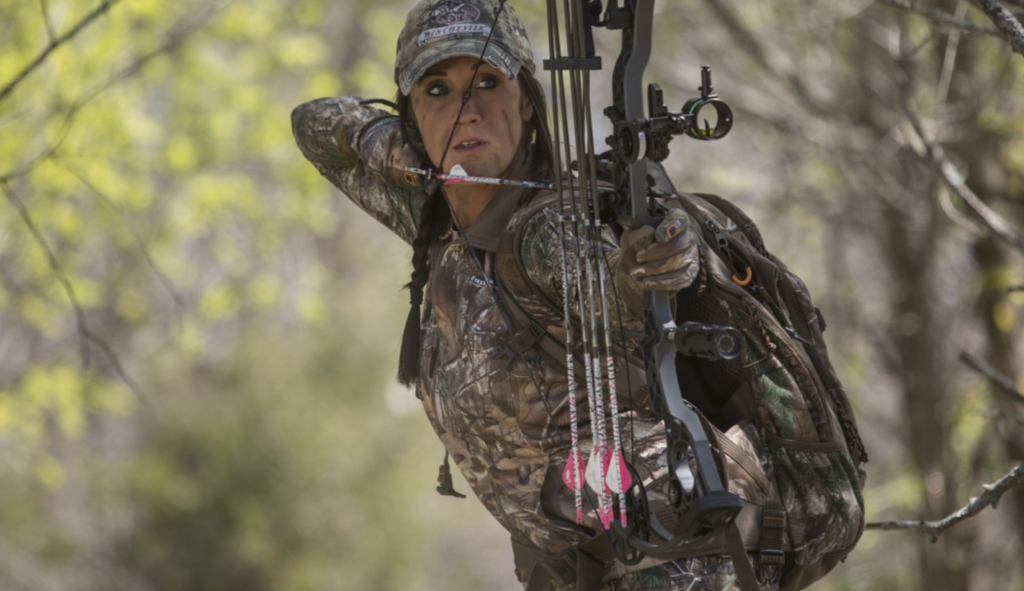Many people who are forced to rely on bow hunting for food tend to be focused on the need to get a kill instead of techniques that can improve their overall success-rate. Remember that conserving energy, improving efficiency and making every shot count are important elements of survival hunting. Developing a better understanding of deer behavior, along with mastering the ability to be stealthy as you stalk targets, are two areas that can lead to better hunts and more food on the table.
Practice Makes Perfect
Stealth is of primary importance when deer hunting. Unfortunately, many people don’t master the art of silent stalking before they set their sights on a potential target. One of the best ways to learn how to move as silently as possible is to practice setting up in places where you expect to lie in wait.
If you hunt in a tree-stand, focus your time on learning how to position yourself, keeping your gear and equipment from making noise, and setting up your shot from different angles as silently as possible. Apply the same principles if you’re hunting from the ground or any other position that you prefer to take up. Practice taking shots from different angles, loading from different positions and shooting from different distances as well.
All of this will help you to blend into the scenery, avoid making unnecessary noise that can startle a target, and your aim will also improve over time. All of this can translate into more-successful hunts in a shorter amount of time.
Sharpen Arrows
Dull arrows are the leading reason why successful shots don’t produce kills. Arrows need to be razor sharp in order to penetrate fur, flesh and bone with minimal force. Even at close range, dull arrows may not have the forward momentum to penetrate these defensive layers, and this can cause what would otherwise be a fatal shot to end up being a minor injury.
Think of all the time it took to set up the shot, patience involved with stalking, and practice to get the aim just right, only to have it all be for nothing because the deer ran off after being hit. Make sure that your arrows are razor-sharp, and that you’re using the right ones for the conditions at the time.
Deer Behavior
The fall, before the rut, is arguably the best time to hunt deer. Bucks tend to stick close to their home territories as their testosterone levels build. They also tend to be more active during the day, and this is when bucks will start to venture from their dens if they think a female is nearby. This is also a time when they are more-responsive to calls, and you can use them to lure them into a position that gives you a tactical advantage.
Finally, the weeks following harvest tends to attract deer that are on the hunt for grains and corn. This is when they are more-inclined to let their guard down as they expose themselves while wandering onto fields for food. They also start to develop predictable and routine patterns during this time, and you can capitalize on this by lying in wait when you expect them to come out and graze.
All it takes is a couple of successful kills in the fall to provide you with enough venison to carry you through the winter. Hopefully these suggestions can help you to make the most of this opportunity and improve your chances of having a successful hunt.
